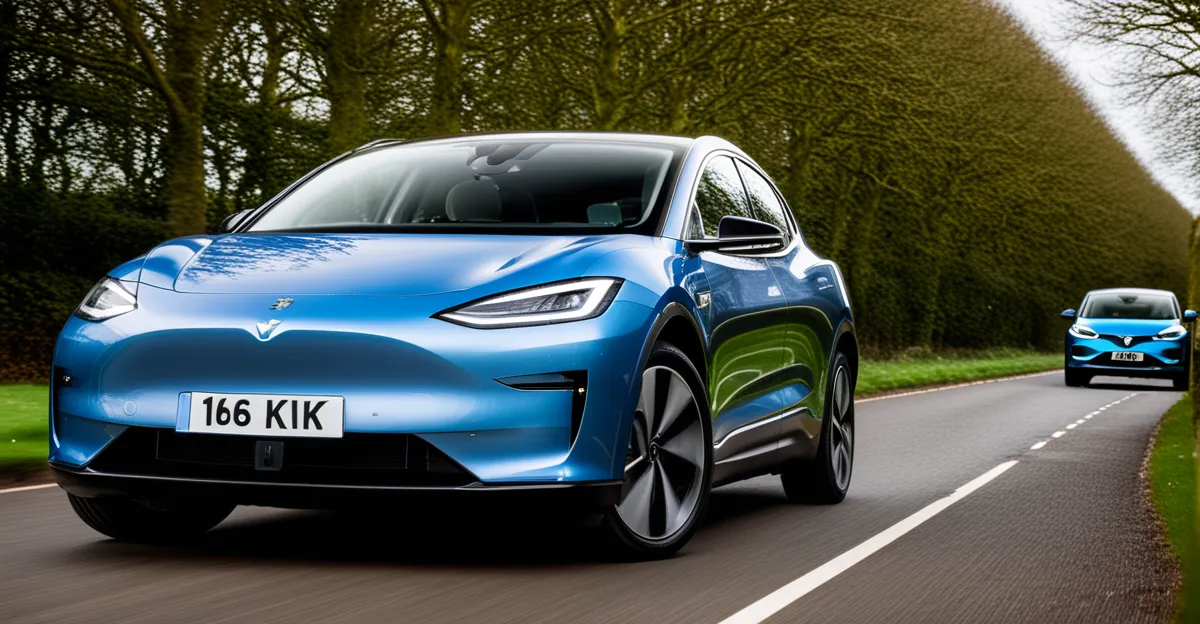The UK Automotive Industry Before the Electric Vehicle Revolution
The UK automotive industry history is deeply rooted in traditional car manufacturing, which dominated the pre-EV industry landscape for decades. Before the surge of electric vehicles, the sector largely focused on internal combustion engine (ICE) technologies, relying heavily on petrol and diesel engines. This established industry structure supported a broad ecosystem of suppliers, manufacturers, and skilled labor.
Economic and employment significance was substantial. The traditional automotive manufacturing UK sector sustained hundreds of thousands of jobs across production plants and engineering roles. Cities like Coventry and Birmingham became hubs for carmaking, with prestigious British brands leading the way. This sector was a critical export contributor, strengthening the UK’s global industrial footprint.
Have you seen this : How Can UK Automotive Innovations Shape Future Mobility Trends?
Environmentally, the industry operated under less stringent emissions regulations compared to the post-EV era. While concerns about air quality and CO2 emissions existed, regulatory frameworks were primarily focused on fuel efficiency improvements rather than outright emissions reduction. This context shaped how traditional manufacturers designed vehicles, often prioritising performance and cost over environmental sustainability, which set the stage for later transformative changes.
Key Milestones and Timeline in UK Electric Vehicle Development
The electric vehicle history UK began with pioneering research in the late 20th century, marking the start of a gradual shift from traditional car manufacturing UK. Early government initiatives supported experimental EV development UK, focusing on reducing emissions and exploring alternative energy sources. This foundation set the stage for later breakthroughs in battery technology and electric powertrains.
This might interest you : How Is the Rise of Electric Vehicles Impacting Traditional UK Car Manufacturing?
Key milestones include the launch of the first mass-produced electric models in the 2010s, which significantly influenced the industry’s evolution. The UK automotive timeline highlights crucial moments such as government funding boosts for EV infrastructure and innovation grants. These supported manufacturers in expanding their EV portfolios, driving wider adoption.
Industry adaptation accelerated following landmark events: the introduction of stricter emissions regulations, the establishment of low-emission zones in cities, and high-profile EV unveilings. The UK automotive timeline demonstrates how these developments spurred both traditional manufacturers and emerging players to increase investment in electric technologies.
Understanding this timeline reveals how coordinated efforts in technology, policy, and market readiness gradually transformed the pre-EV industry landscape into today’s dynamic EV sector. These milestones underline the UK’s proactive role in shaping the future of electric mobility.







